Kicking off THE BILL SIENKIEWICZ INTERVIEWS with a trip back to the past…
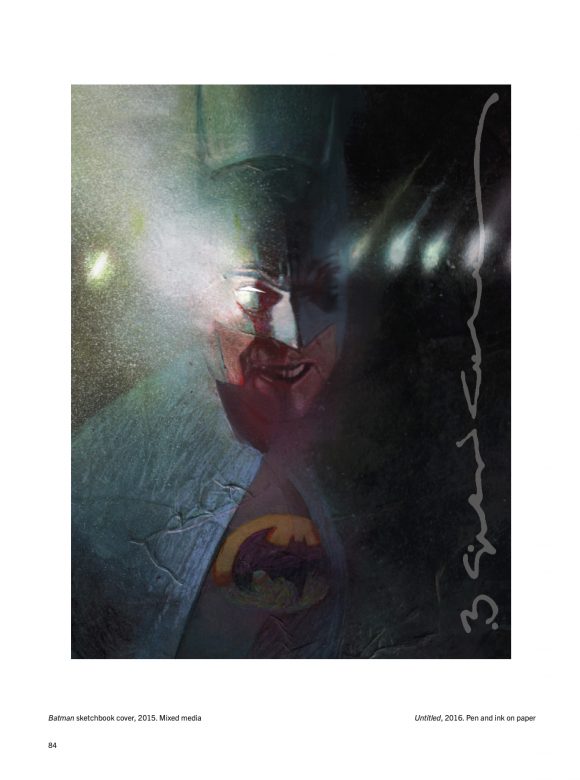
From Bill Sienkiewicz: Revolution, Vol. 1
Metaphorically speaking, Bill Sienkiewicz has come a long way from the hinterlands of New Jersey, the kind of place that gave the Garden State its nickname.
The 61-year-old has over the last four decades blasted apart conventions and set a new course for comic-book art, branching out into fine art and design in the process. His art is at once shocking and challenging, worldly and dazzling.
This week, the first volume in a three-part hardcover career retrospective – Bill Sienkiewicz: Revolution – is being released by Six Foot Press, featuring a broad range of essays and art. Tons and tons of art.
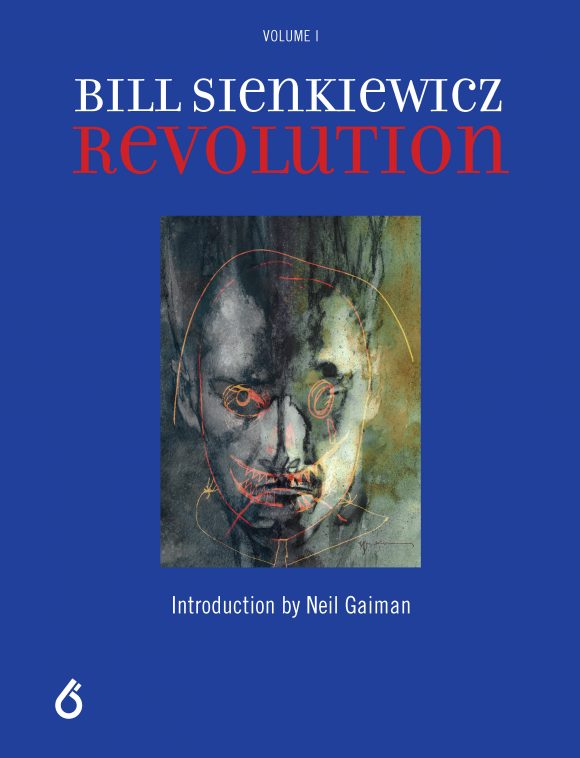
To mark the occasion, we’re launching THE BILL SIENKIEWICZ INTERVIEWS – our own three-part look at the recent Eisner Hall of Fame inductee’s earliest influences, particularly where comic books are concerned.
You can find out more about our interview series – which will run on consecutive Sundays — by clicking here. (And click here for an EXCLUSIVE PREVIEW of Bill Sienkiewicz: Revolution, Vol. 1.)
Meantime, here’s Bill and me, talking at the recent New York Comic Con and taking it back to the Silver Age…
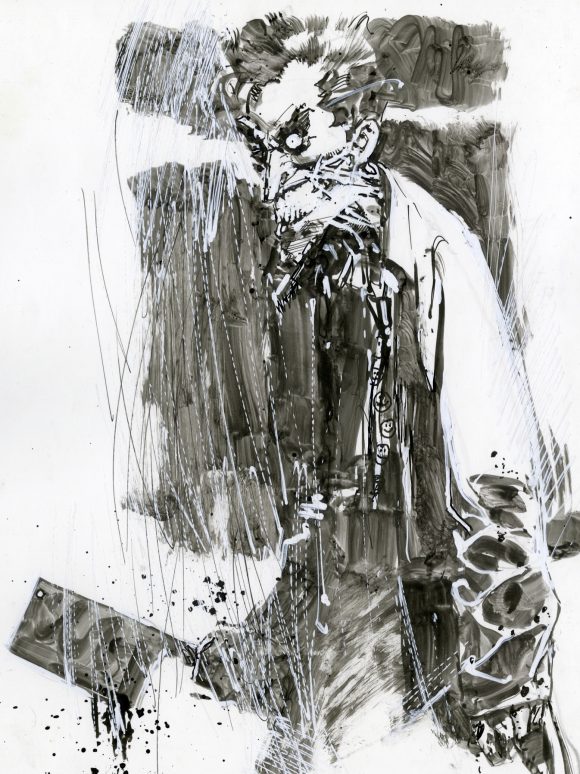
From Bill Sienkiewicz: Revolution, Vol. 1
—
Dan Greenfield: What was it that kindled in you this desire to become an artist?
Bill Sienkiewicz: I think I always loved to draw. I know that when I was in kindergarten I did a drawing of a man in an anorak, one of those fur coats, and all my other friends in kindergarten wanted to know how I did it. And I thought every kid could draw.
When I realized I was the only one in my class who could, it was sort of like, “Wow, I guess I should just play with this some more and see where it goes.” So, I fell in love with art, but I really fell in love with comics. I was a big comics nerd. Newspaper strips, everything. I just adored them.
I thought some of the strips were very, very cartoony, some of the stuff was very serious. You had like, Dick Tracy, and then Dondi, and Charles Schulz. Comic books were a whole other level, like Superman and the reality of that.
I just told my father when I was 7 years old I was drawing comic books for a living. It wasn’t until much later when I was in high school and then in art school when I started to really get into fine art, illustration, and music. That’s what kind of blew open the doors for me, as far as my awareness of things.
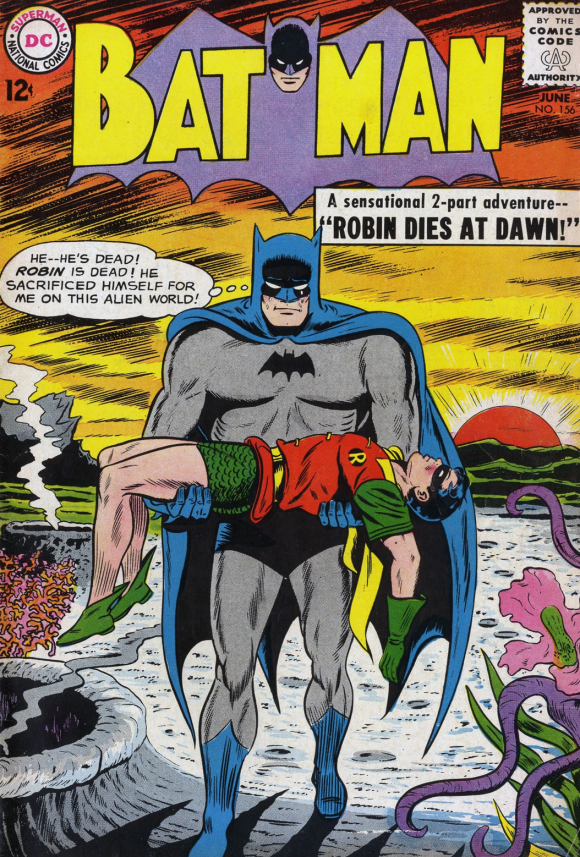
1963
Dan: Do you remember what those earlier comics were that brought it out in you?
Bill: I do remember just little things that stay with me. I remember how reading Batman, like when Robin Dies at Dawn, the issue — how heartbroken and how immersed I was in that. And the 80-Page Giants with the Rainbow Batman and everything else, it was just this sort of surreal mix of dark and light — if I’m sounding like I’m going disjointed it’s only because my memory is hitting me in like, little patches.
Like, I still remember reading the Legion of Super-Heroes, like when Ferro Lad died. It’s like, “characters can die.” I remember reading Superman, the Death of Superman with all the characters going past his tomb as it’s lying in state, and it was just so… it was everything to me.
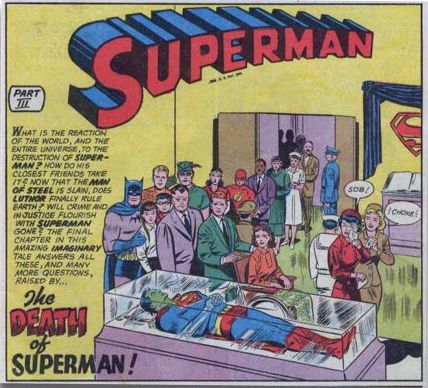
1961’s Superman #149
And then Neal Adams started doing the covers, and I hated Neal’s work, so I started reading Marvel’s stuff. Because Marvel was a little older, and the characters had more hang-ups and stuff like that.
The Curt Swan Superman stuff, Carmine Infantino’s Flash, all of those images of that yellow stripe going throughout the city and stuff like that. The caption boxes with the fingers and the hands… it was an exercise or crash course in just “Wow.” Language of all sorts, visually, pictorially, linguistically, and also in terms of just the kinds of stuff you see with myth and everything.
I just felt like, “This is it, this is what I want.” The Kirby stuff. Neal’s stuff eventually I came around and fell in love with it.
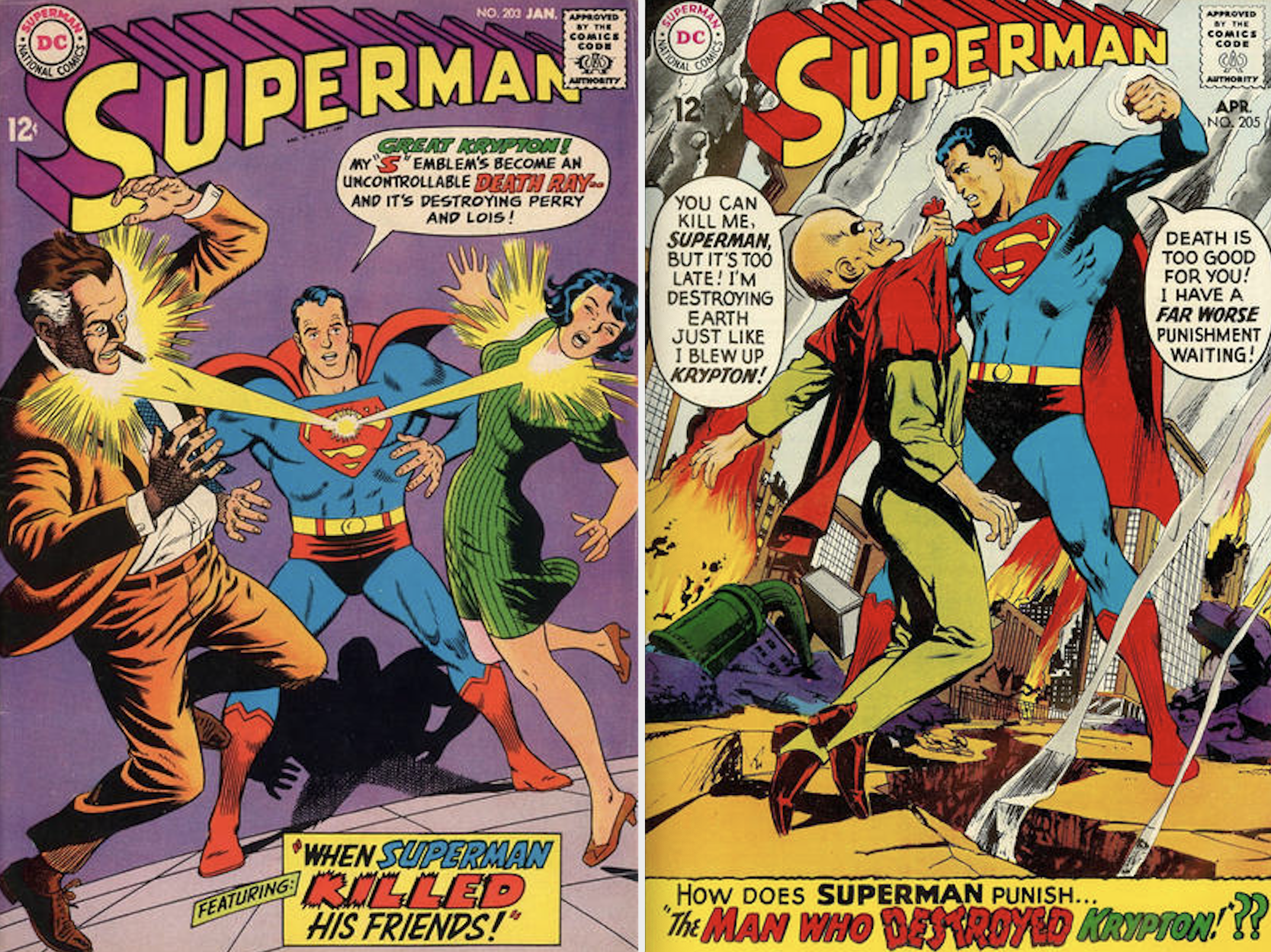
Curt Swan and George Klein on the left. Neal Adams on the right. Two issues apart, 1968.
Dan: Can you talk about that a little bit?
Bill: Well what happened was it was so new. Neal’s stuff was not comfortable at all. It challenged me as a young reader and as a young artist, because Curt Swan’s work was very safe to me. It was very familiar, and I loved it.
Spending so many of my summers reading those 80-Page Giants and the Jimmy Olsen ones. There was just a period of the imaginary stories that — that I always hated that they were imaginary, because it was like, aren’t all stories imaginary? But the Neal Adams thing, as I was continuing to draw I fell in love with his style. I came around to it again and viewed it with a whole different lens and said, “I wanna draw like this guy.”
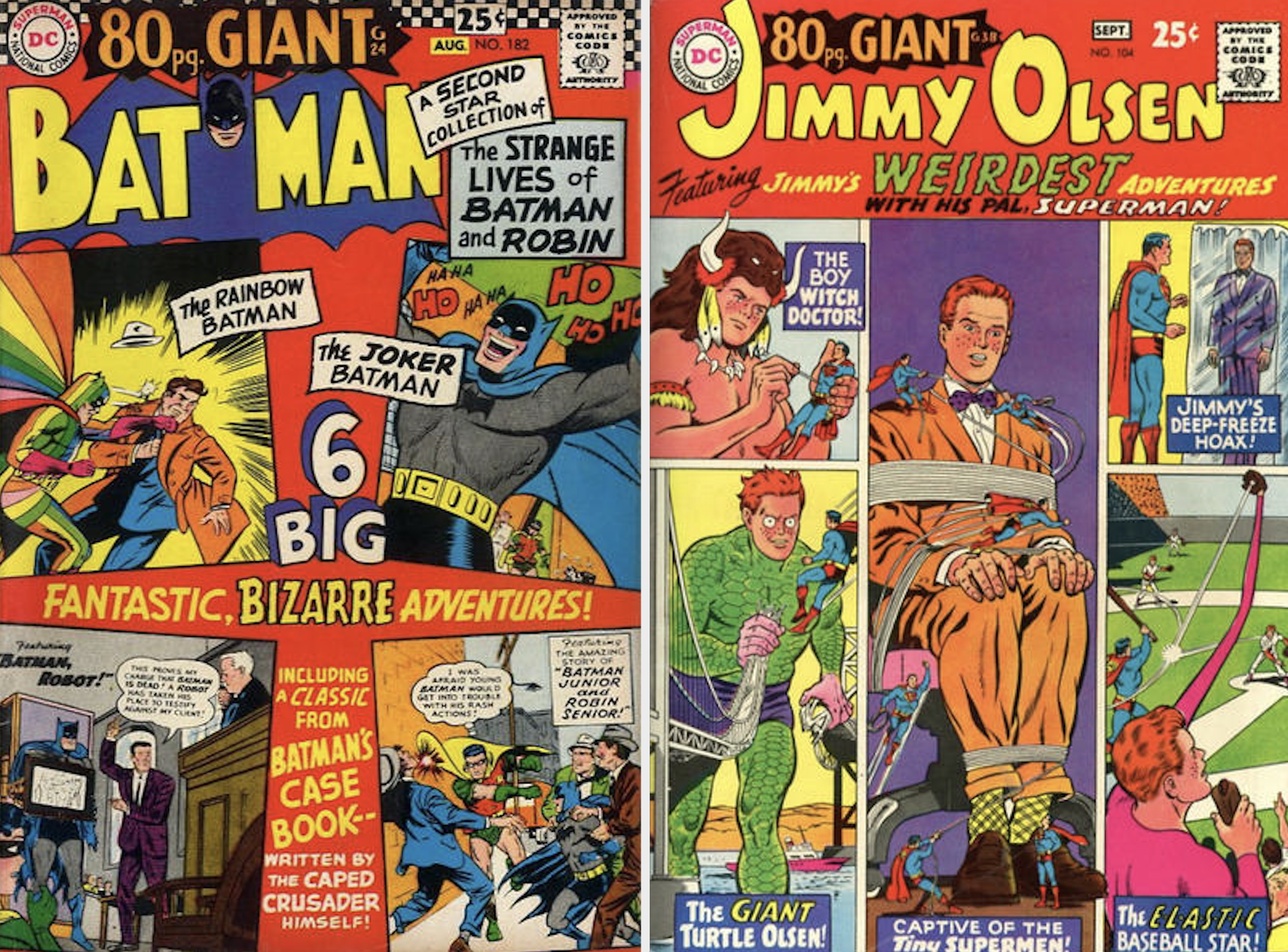
I grew up on a farm, so there were really no other kids who drew. There may have been a couple kids in grammar school that I eventually sort of became competitive with, but I was the one who was the most nuts about comics and drawing my own comic books.
I drew them for my friends, with, “continued next week” at the end — they would wanna know what was happening next. It was a lot of fun.
—
NEXT: Sienkiewicz makes his way to Marvel – thanks to DC Comics.
—
MORE
— THE BILL SIENKIEWICZ INTERVIEWS Index. Click here.
— EXCLUSIVE PREVIEW: Bill Sienkiewicz’s Marvelous REVOLUTION. Click here.
